Everyone Can Collect Barber Quarters
Everyone can collect Barber quarters with options from ten dollars to over a hundred thousand dollars.
While at a coin club meeting, a few of us were looking at some Barber quarters in the auction. One gentleman commented, "You need a lot of money to collect these." I countered, "Actually, they are collectible on any coin collecting budget." Discussion ensued on how you don't always have to collect an uncirculated date set that contains every combination of year and mint mark.
There are a few different ways you can collect Barber quarters without breaking the bank. Options ranging from ten dollars to well over a hundred thousand dollars can bring anybody's coin collecting journey to the Barbara quarters series.
What Are Barber Quarters?
The Barber quarter was first minted in 1892 and was designed by Charles E. Barber. The obverse has a stoic image of Lady Liberty wearing a Phrygian cap, a laurel wreath, and a banner with the word LIBERTY. The reverse design is reminiscent of the eagle on the Great Seal of the United States. There are thirteen stars above the eagle's head. UNITED STATES OF AMERICA and HALF DOLLAR surround the coin next to the rim.
A beginning collector should look at a number of circulated coins to obtain the knowledge of what is acceptable wear on the coin and what is not permitted. Many affordable examples exist in lower circulated grades (G-4 and VG-8) can be purchased for around ten dollars.
Spend some time at your favorite coin dealer or coin show. Ask the dealer to explain how to grade Barber quarters and what problems to look for. Thank him for his time by buying a few Barber quarters to take home and inspect more closely.
Type Coin Collecting
The beginning coin collector on a limited budget will want to add a circulated specimen to their coin collection. You can purchase a higher-end circulated coin (VF-20 or EF-40) for approximately $50.00. If you have a slightly larger coin collecting budget, you can buy a low-end uncirculated coin (MS-60 or MS-62) for about $250.
Collecting a Year Set
The intermediate coin collector striving to assemble a complete year set of Barber quarters will need to purchase twenty-five coins. Average circulated coins should be closely inspected in order to avoid problem coins. A coin collecting budget of approximately $400 will allow you to achieve your goal.
The advanced collector striving to purchase better quality coins will need a larger coin collecting budget of $11,000-$12,000. For this money, the set will mainly consist of average uncirculated coins grading about MS-63. If you then decide to pursue an uncirculated date set, you will have approximately one-third of the collection already completed.
Assembling a Date Set
Only the most advanced coin collector will attempt to assemble a complete date and mintmark set of Barber quarters. This set will consist of a total of 74 coins. Additionally, your coin collecting budget will extend into thousands of dollars. A circulated set comprised primarily of F12 coins will cost approximately $26,000. An uncirculated set of MS62 and MS63 coins will exceed $125,000. You should only purchase certified specimens encapsulated by a reputable third-party grading company at these prices.
A Complete Set of Barber Quarters
If you are looking for the ultimate challenge in collecting Barber quarters, the Philadelphia mint produced Proof specimens almost every year. Average grade proof specimens of PF-63 will add about $15,000 to your collecting budget. There are no major varieties or popular mint errors in the series.

Download the Greysheet app for access to pricing, news, events and your subscriptions.
Subscribe Now.

Subscribe to RQ Red Book Quarterly for the industry's most respected pricing and to read more articles just like this.
Author: James M Bucki
Related Stories (powered by Greysheet News)
View all news
A die variety occurs when there is an intentional or unintentional change or variation to the design on the coin die.
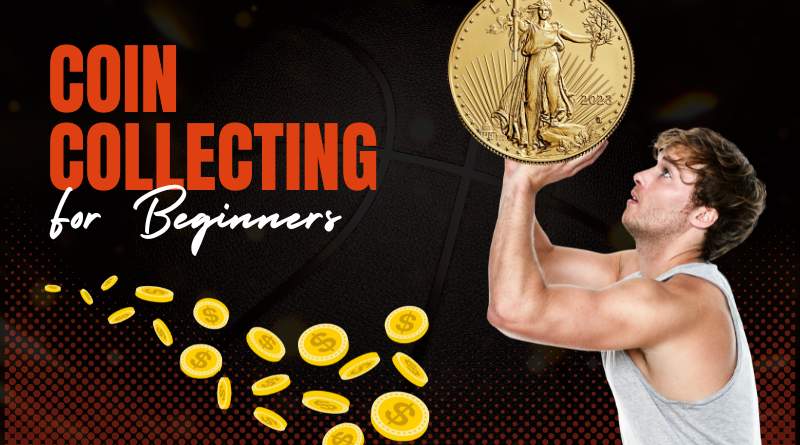
There are many reasons people start collecting coins: for fun, profit, even investment. It's best to learn the basics before you jump in too quickly.
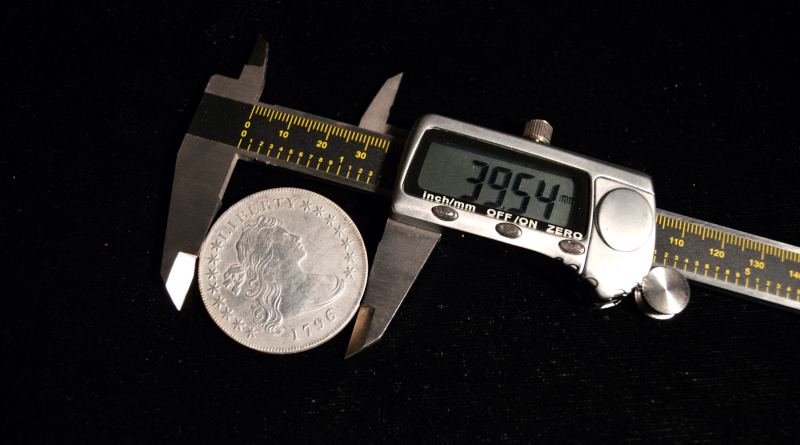
Detecting counterfeit coins is a science that requires skill and experience to perfect.


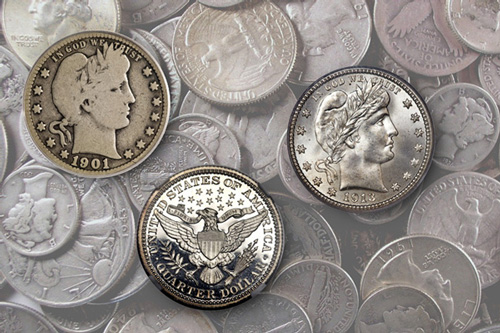


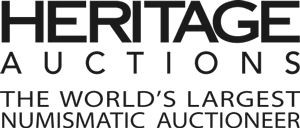
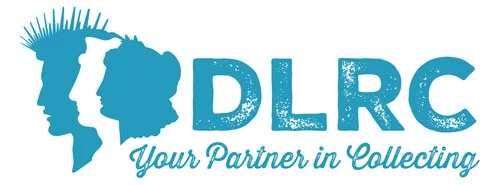


Please sign in or register to leave a comment.
Your identity will be restricted to first name/last initial, or a user ID you create.
Comment
Comments